

William Stopford
Every SUV, ute and van discontinued in Australia in 2025
3 Hours Ago
It's running late, but will it be worth the wait? We've had a quick drive of the anticipated Toyota bZ4X all-electric SUV.
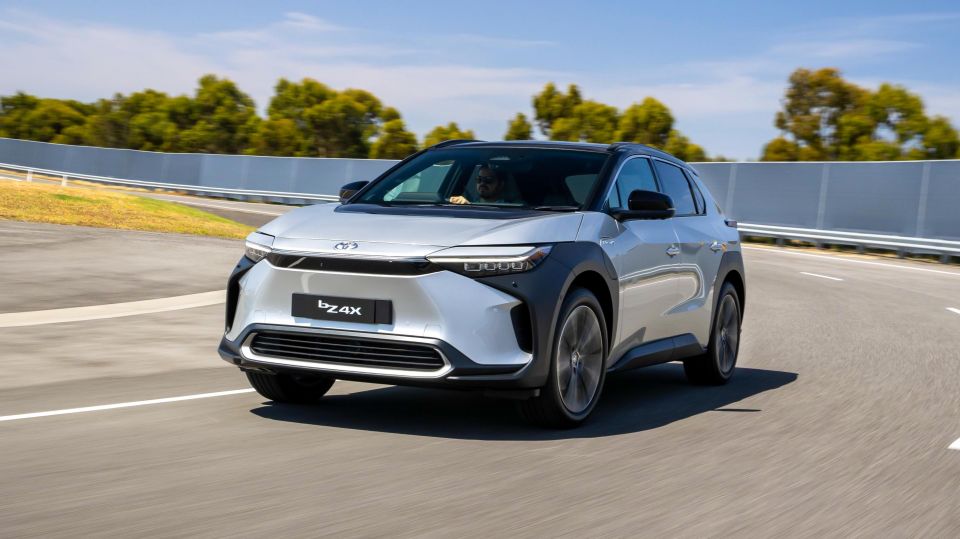
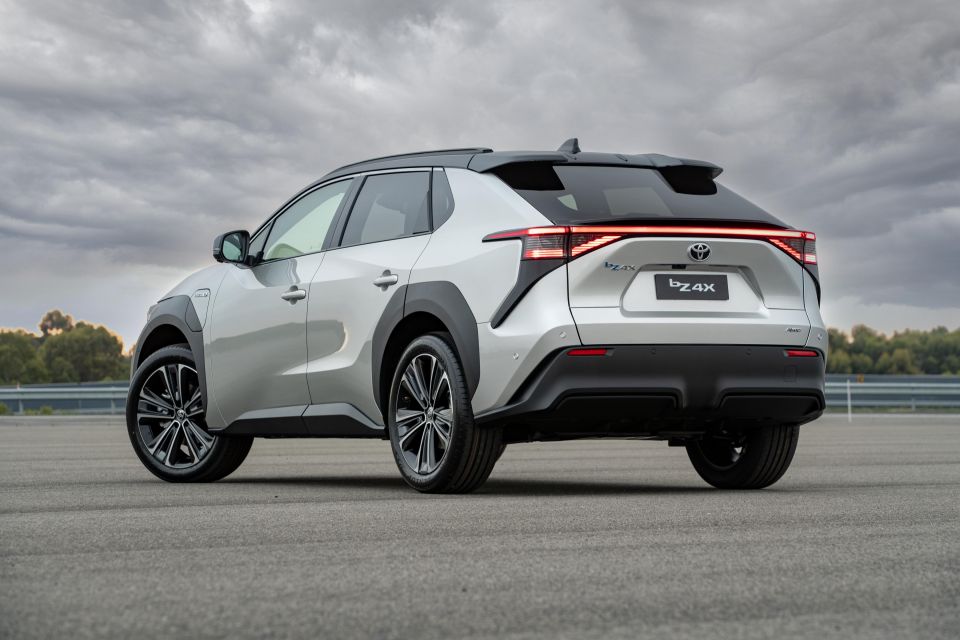

News Editor

News Editor


News Editor

News Editor
Where expert car reviews meet expert car buying – CarExpert gives you trusted advice, personalised service and real savings on your next new car.
It’s hard to look at the Toyota bZ4X without considering the context in which the Japanese juggernaut’s first volume electric vehicle is arriving.

Once the darling of the environmental set with early generations of the Prius, the automaker has become a pariah with the likes of Greenpeace for its seeming recalcitrance to embrace electric vehicles – something shared with numerous Japanese brands – and alleged lobbying efforts.
The bZ4X therefore has to show that Toyota not only takes EVs seriously, but that it was a vehicle worth waiting for – Tesla, Hyundai and Kia have already beaten Toyota to the mid-sized electric SUV market locally, as have Ford and Nissan in other markets.
The Japanese EV has also been delayed locally by around 12 months, and now isn’t due until the fourth quarter of 2023. The bZ4X we had a chance to (briefly) drive at Toyota Australia’s headquarters in Altona was an unregistered UK-spec model that the company told us wasn’t necessarily representative of local spec.
“The reason we delayed actually, despite some popular opinion and commentary, is that we want to be able to secure supply and the latest spec,” Sean Hanley, Toyota Australia’s vice president of sales, marketing and franchise operations, told us at the drive event.
Mr Hanley appeared to be obliquely referring to the bZ4X’s well-publicised recall for loose wheel hub bolts that could see the wheels literally fall off the EV. A recall early in a product’s lifecycle is hardly unusual, but that was certainly an inauspicious one rife with symbolism.
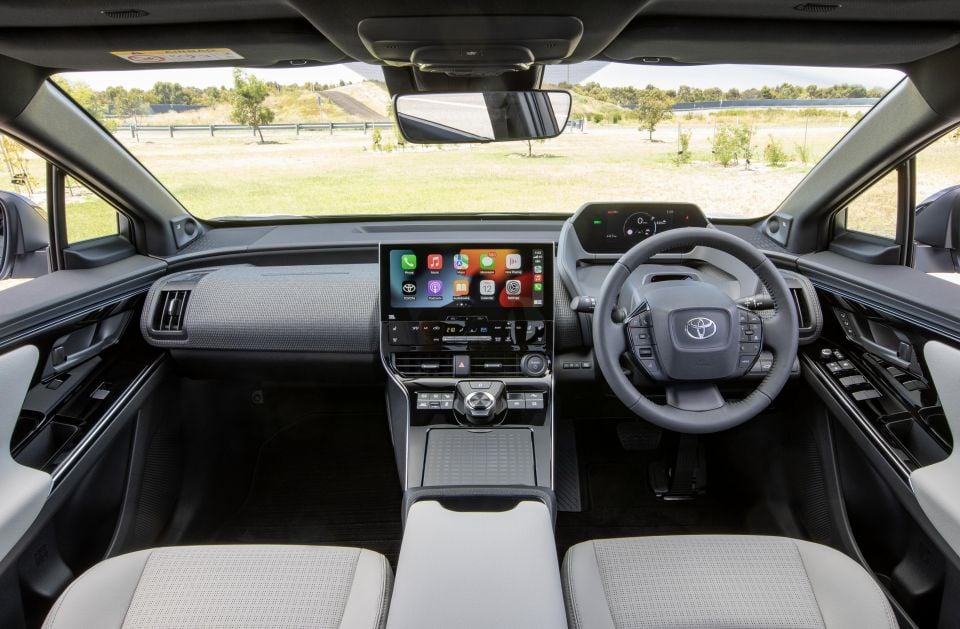
Of course, omens shouldn’t matter. With the recall allegedly resolved, Toyota now needs to continue ramping up production of the bZ4X as it looks to roll out an even wider range of EVs to supplement its also growing range of hybrids.
The bZ4X isn’t Toyota’s first EV, but past efforts like the RAV4 EV were offered only in limited markets or on a lease-only basis.
Now, Toyota is going more mainstream with its EVs. The bZ4X will be one of at least three EVs the brand will launch in Australia by 2026, and the company also intends to have 30 EVs globally by 2030 with annual sales volumes of 3.5 million units.
The company rarely introduces a flop, but it’s now in largely unfamiliar territory where Tesla – with which it partnered on the RAV4 EV over a decade ago – reigns supreme.
Pricing has yet to be announced for Australia but Mr Hanley said the car will be “expensive”, much like the Prius was back in 2001.
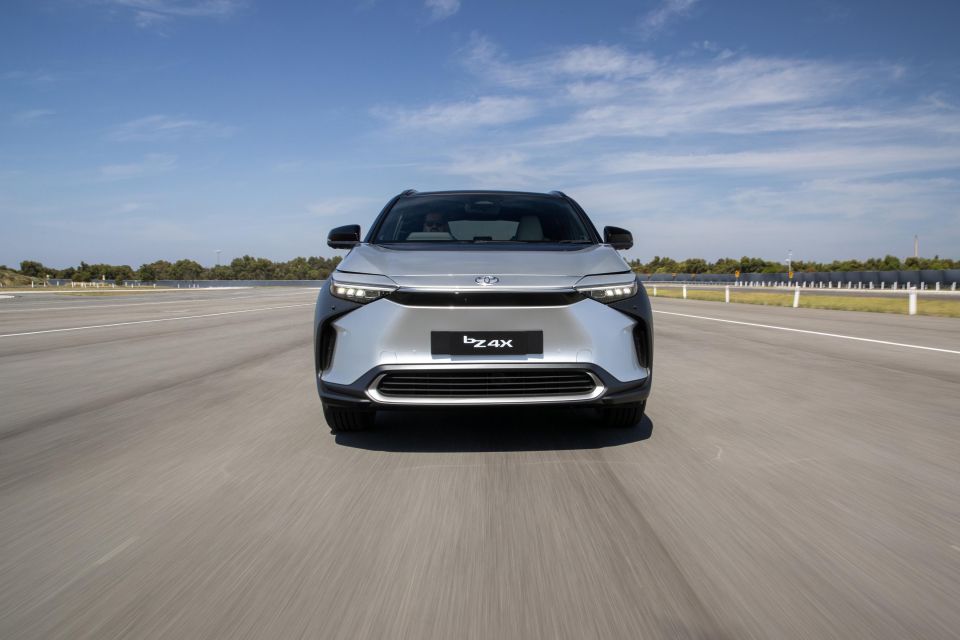
“Battery electric cars are expensive. Don’t kid yourself. They are expensive to build,” said Mr Hanley.
“So I’ve always said this car will not be a cheap car. But as we go forward, as hybrid did over 22 years at scale-up, EVs will come down in price.”
While the company wouldn’t give a price range for the bZ4X and direct price conversions don’t always work, in the UK it starts at £45,710 (A$79,147) while a base RAV4 Hybrid there is around £36,000 (A$62,334).
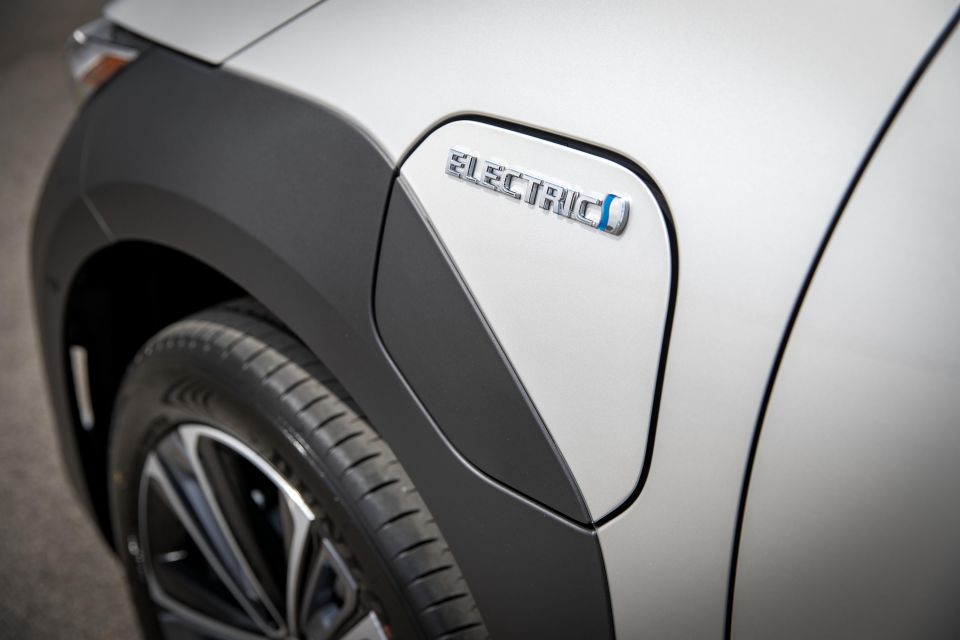
Competitors in Australia include:
All prices exclude on-road costs
We also expect the bZ4X to face competition from the Ford Mustang Mach-E, though it has yet to be officially confirmed for Australia. The most obvious rival for the bZ4X, however, will be the Subaru Solterra. Designed alongside the bZ4X, the Subaru looks almost identical to the Toyota inside and out and could even beat the bZ4X to market.
Speaking of the bZ4X’s styling, it’s a fairly handsome thing marred only by over-the-top black plastic cladding elements.
Buy your new car without the stress. It's fast, simple and completely free.

Great service from Travis and team, second time I have used this business would not hesitate to recommend them to anyone
Craig C.
Purchased a Ford Ranger in Sunshine Coast, QLD
CarExpert helped Craig save thousands on his Ford Ranger, now let us save you on your next new car.
Find a dealThe bZ4X doesn’t simply look like a RAV4 inside, but there’s a combination of both familiar Toyota switchgear and unusual design quirks that leaves the cabin feeling a touch unresolved.

It’s unclear whether the gimmicky steering yoke will come here, but all bZ4Xs use the same high-mounted instrument cluster. Depending on the position of the steering wheel, your view of the instruments can be obstructed.
The centre stack and console is slathered in gloss black trim, which is both dust- and smudge-prone. But the wireless charging pad, located ahead of the cupholders on the centre console, has a neat window that allows you to partially see your phone.
Toyota’s latest-generation (and much improved) infotainment system is present in the bZ4X, with a 12.3-inch touchscreen. There’s wireless Apple CarPlay and Android Auto, while you can say “Hey Toyota” to control various functions – like the climate control – with voice prompts.
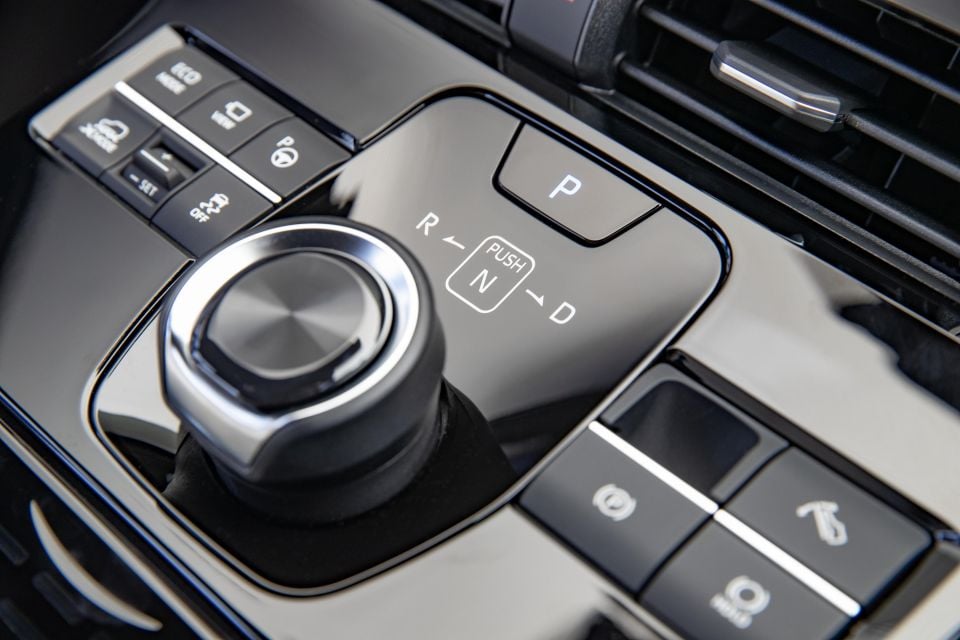
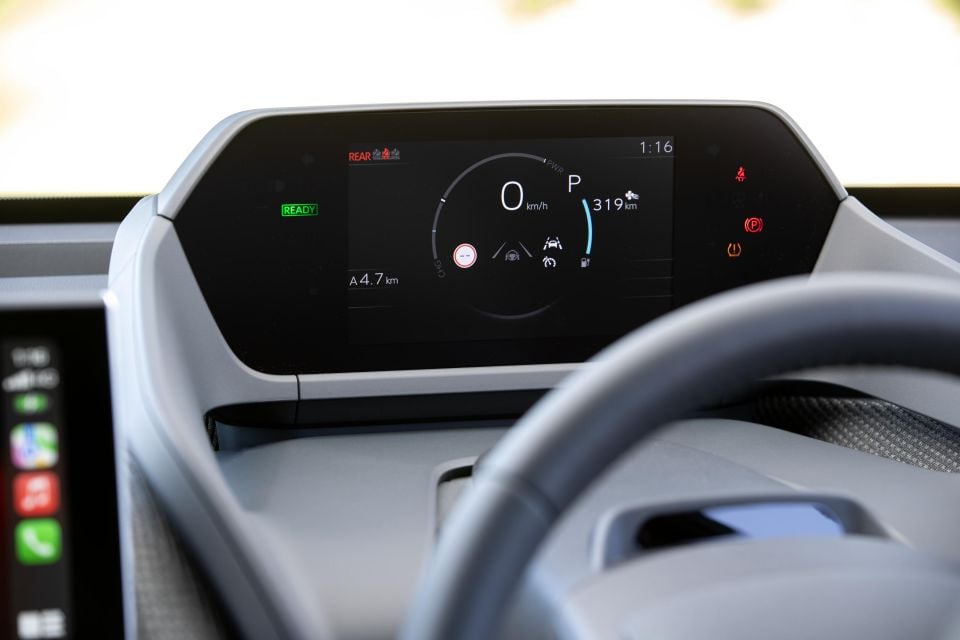
Graphics are much more attractive than Toyota’s old system, and the interface is generally quite logical to use. Physical climate controls have been removed, with these functions now controlled either via the screen or by the use of voice prompts.
The high, bridge-like centre console also rises above a spacious lower storage deck with two USB-C outlets and a 12V outlet.
Toyota has upholstered much of the dashboard in fabric, which is a bit different, but in our tester it was finished in a dreary grey.
Material quality overall is quite good. Soft-touch plastic and leatherette trim is used on most touchpoints, including the doors front and rear.
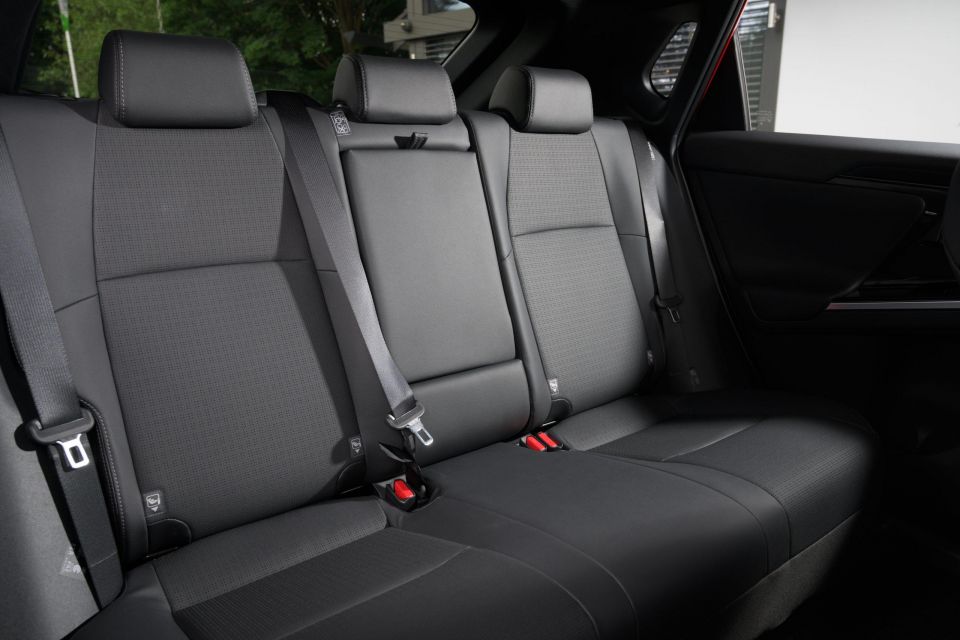
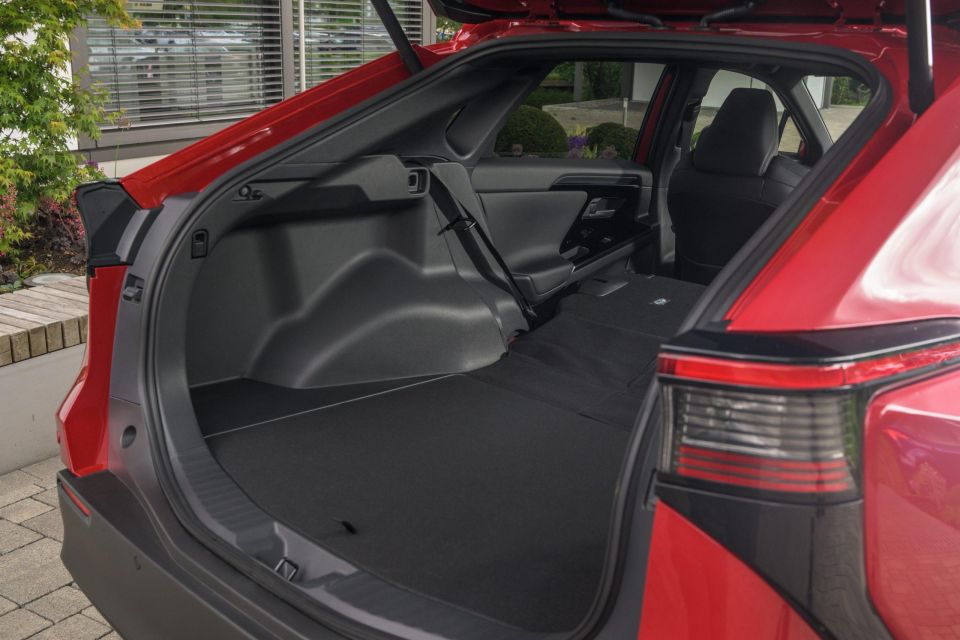
Step into the back and there’s a mostly flat floor and roughly the same amount of space as a RAV4. Rear-seat occupants get a pair of USB-C outlets plus air vents at the rear of the centre console.
Given the packaging efficiencies inherent in vehicles on dedicated EV platforms, we might have expected a more cavernous interior, however.
The bZ4X has 452L of boot space, measured to the luggage cover. In contrast, a RAV4 has a claimed 580L despite the bZ4X being slightly longer overall.
While the Australian line-up is yet to be detailed, the bZ4X is available overseas with a choice of single-motor front-wheel drive and dual-motor all-wheel drive powertrains, both teamed with a 71.4kWh lithium-ion battery pack.
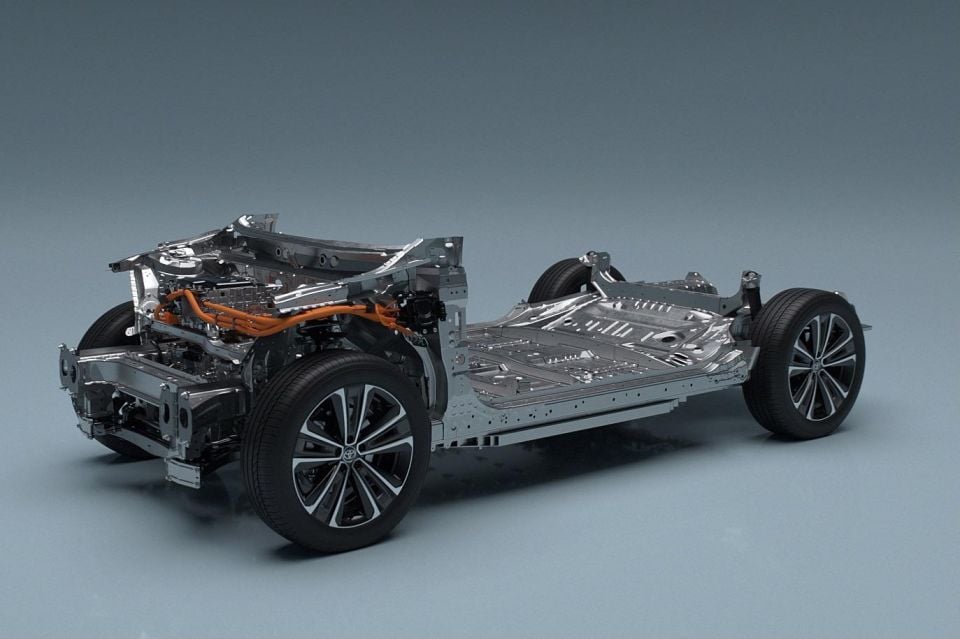
Front-wheel drive models produce 150kW of power and 266Nm of torque, while all-wheel drive models use two 80kW/169Nm electric motors for total system outputs of 160kW and 337Nm.
Range on the FWD is 516km on the tougher WLTP test cycle, and 470km on the AWD, while claimed 0-100km/h times are 7.5 seconds and 6.9 seconds respectively.
While those figures aren’t what we’d call it slow, the bZ4X is down on the likes of the Ioniq 5 RWD (168kW/350Nm) and AWD (239kW/605Nm). Tesla doesn’t quote power and torque figures, but even in base rear-wheel drive guise its Model Y has a 0-100km/h time of 6.9 seconds.
The bZ4X weighs 1920kg in front-wheel drive guise and 2010kg in all-wheel drive guise. That’s about the same as an Ioniq 5 or EV6, but heavier than a RAV4 (1550kg-1760kg).
Our time with the bZ4X consisted of around 15 minutes of driving around a smoothly surfaced, closed course in an all-wheel drive model.
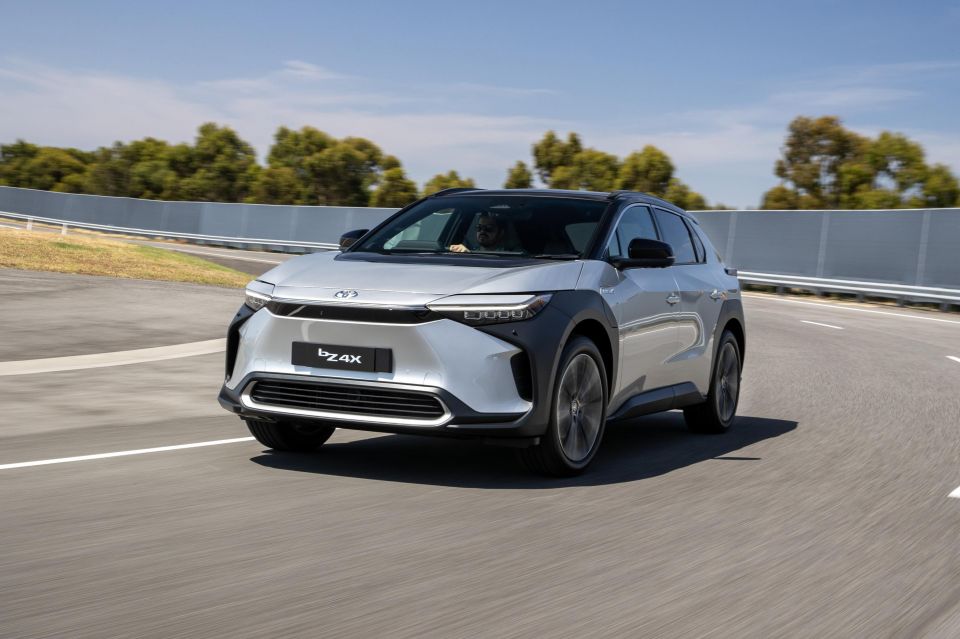
Any observations about ride comfort would be largely speculative, while the relative lack of corners put paid to detailed notes on the bZ4X’s handling.
With that caveat out of the way, let’s talk about how Toyota’s first volume EV feels behind the wheel.
Power delivery is smooth, and there’s not that kind of thrust you get in some electric vehicles where you’re rocked back in your seat.
There’s no Sport mode, but you can toggle between Eco and normal drive modes. There’s also no pure one-pedal driving mode, but there is a button you can press to increase the level of regenerative braking though it struggles to bring the bZ4X down in speed when you’ve picked up the pace.
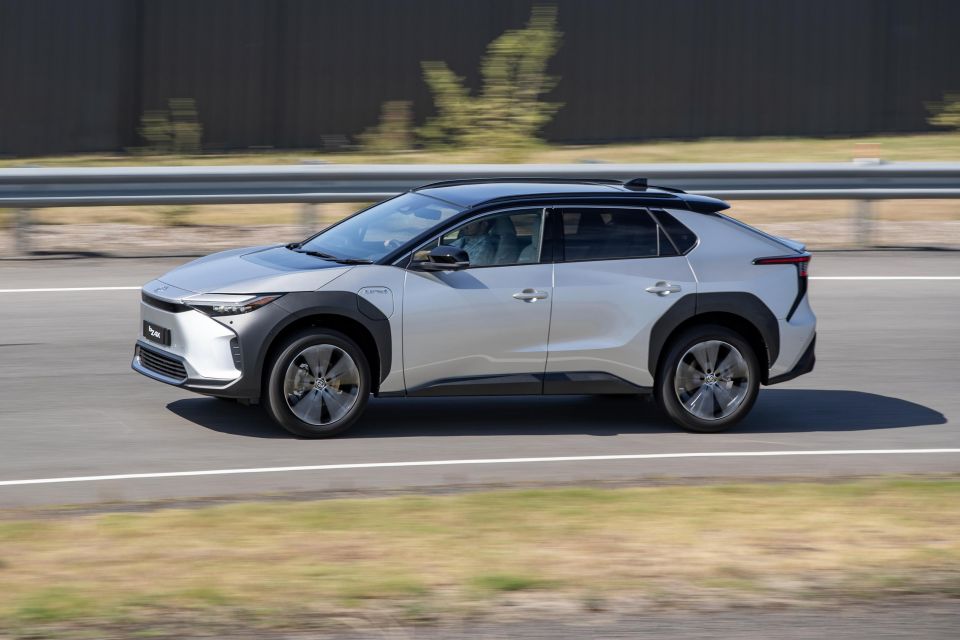
On the precious few corners on our test track, we observed the bZ4X stays relatively flat when faced with a bend. There’s a bit of weight and feel to the steering, so it isn’t feather-light and vacuous.
On the one long straight, we were able to briefly get up to highway speeds and found noise to be mostly well contained except for some wind rustle.
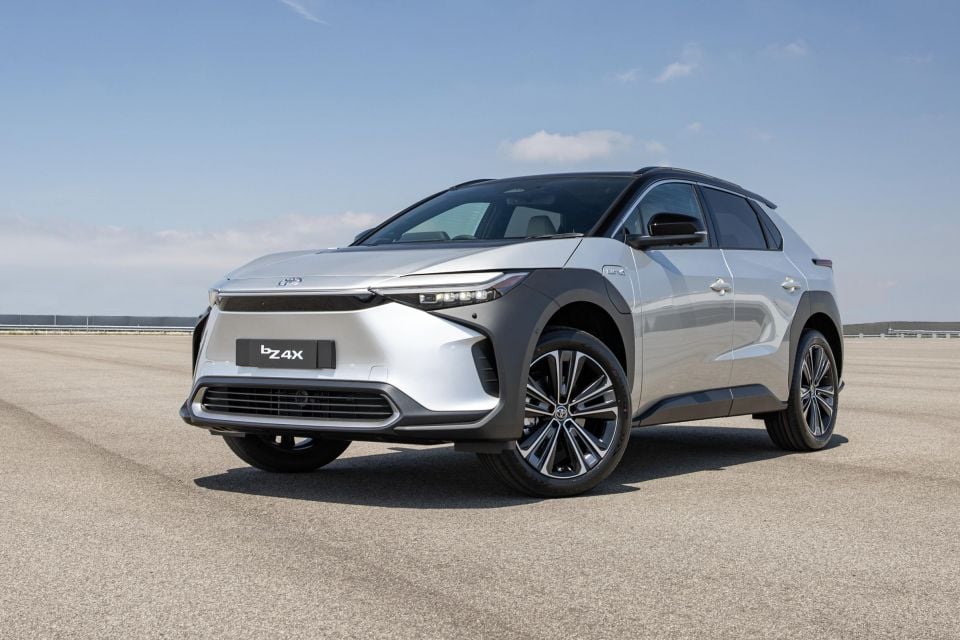

We don’t yet know how the bZ4X will be specified in Australia, but the UK range opens with a base Motion trim that includes:
Further up the range you’ll find features like:
The bZ4X has yet to be assessed by ANCAP, but sister organisation Euro NCAP gave it a five-star rating last year.
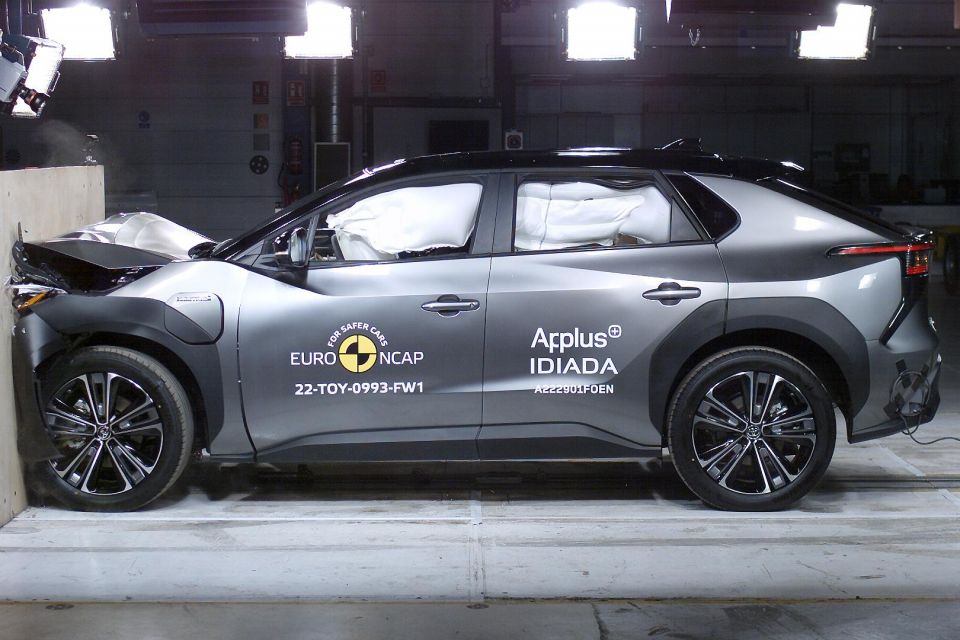
It received an adult occupant protection rating of 88 per cent, a child occupant protection rating of 87 per cent, a vulnerable road user protection rating of 79 per cent, and a safety assist rating of 91 per cent.
Available safety equipment includes:
We eagerly await information on service pricing from Toyota Australia, as the company is known for having some of the most affordable capped-price services of any brand in Australia – if not always the most generous intervals.

Where expert car reviews meet expert car buying – CarExpert gives you trusted advice, personalised service and real savings on your next new car.
We’ve also seen various ‘legacy’ automakers enter the EV space with service pricing and intervals that don’t seem to reflect the lack of traditional oily bits in such a vehicle.
Toyota backs its cars locally with a five-year, unlimited-kilometre warranty.
We can’t give you a definitive conclusion on the bZ4X, not after only 15 minutes of actual driving, and certainly not with any local pricing or specification information.

Based on our limited impressions, the bZ4X seems to drive smoothly and has sufficient power for the type of driving a mid-sized electric SUV is likely to do. The interior is also relatively spacious, if not dramatically more cavernous than a RAV4.
But there are some goofy design elements, like the plastic cladding on the exterior and the high-mounted instrument cluster inside. They stand out incongruously in what’s otherwise a pleasant if unexciting mid-sized electric SUV.
Is Toyota day late and a dollar short with its first volume EV? Let’s wait until they publish dollar figures and give us a few days to drive it to decide.
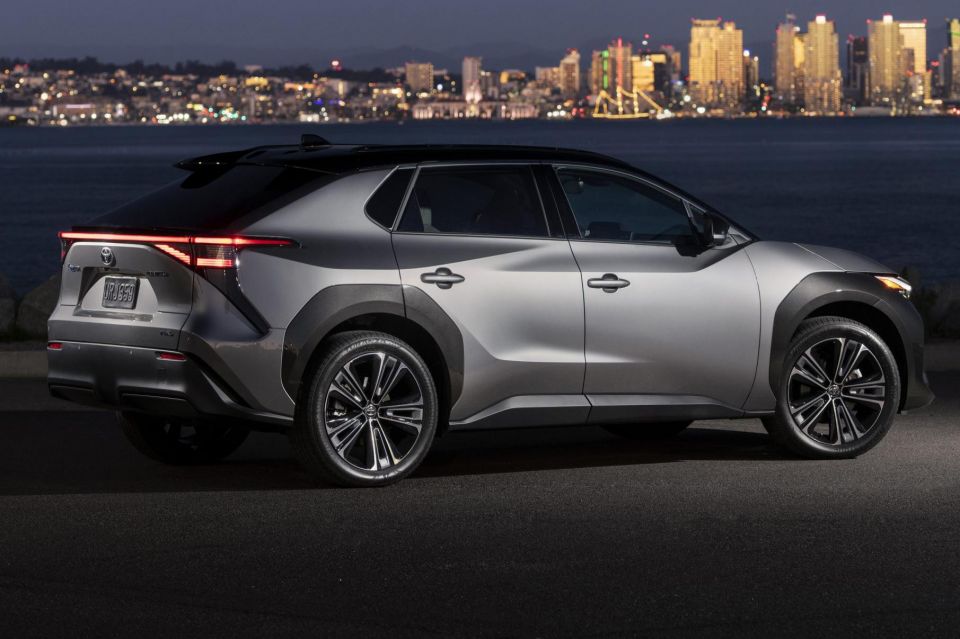
Click the images for the full gallery
MORE: Everything Toyota bZ4X
Where expert car reviews meet expert car buying – CarExpert gives you trusted advice, personalised service and real savings on your next new car.
William Stopford is an automotive journalist with a passion for mainstream cars, automotive history and overseas auto markets.


William Stopford
3 Hours Ago


Ben Zachariah
4 Hours Ago


Derek Fung
5 Hours Ago


Matt Campbell
11 Hours Ago


William Stopford
1 Day Ago


Josh Nevett
1 Day Ago